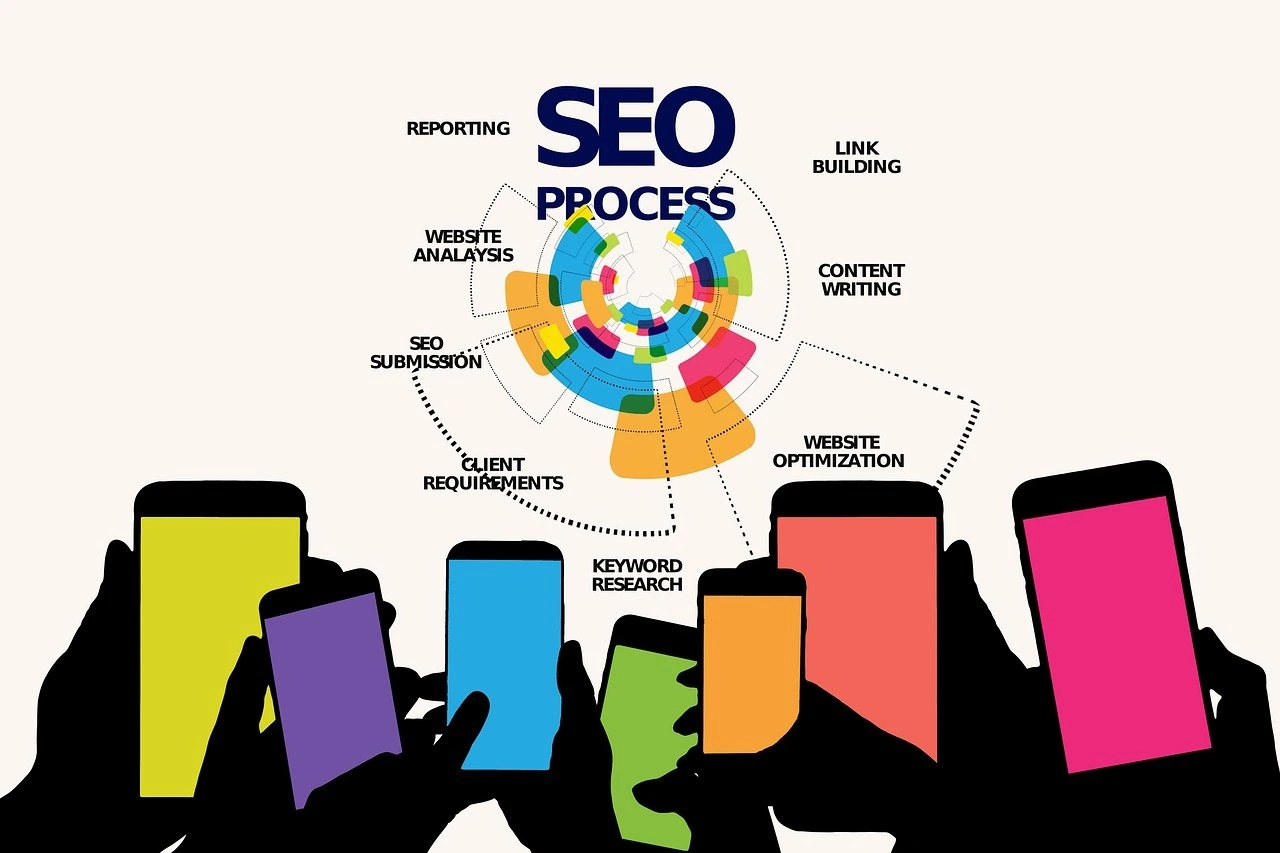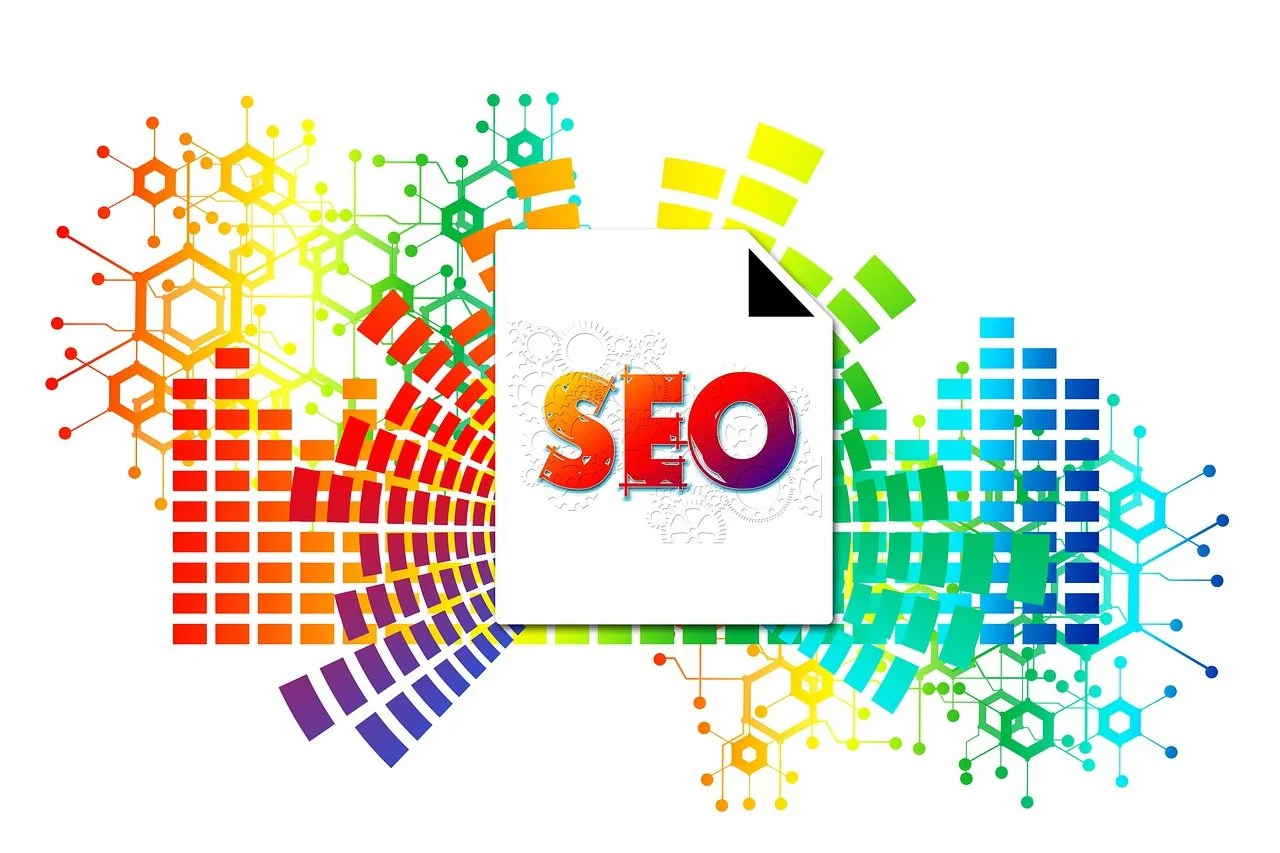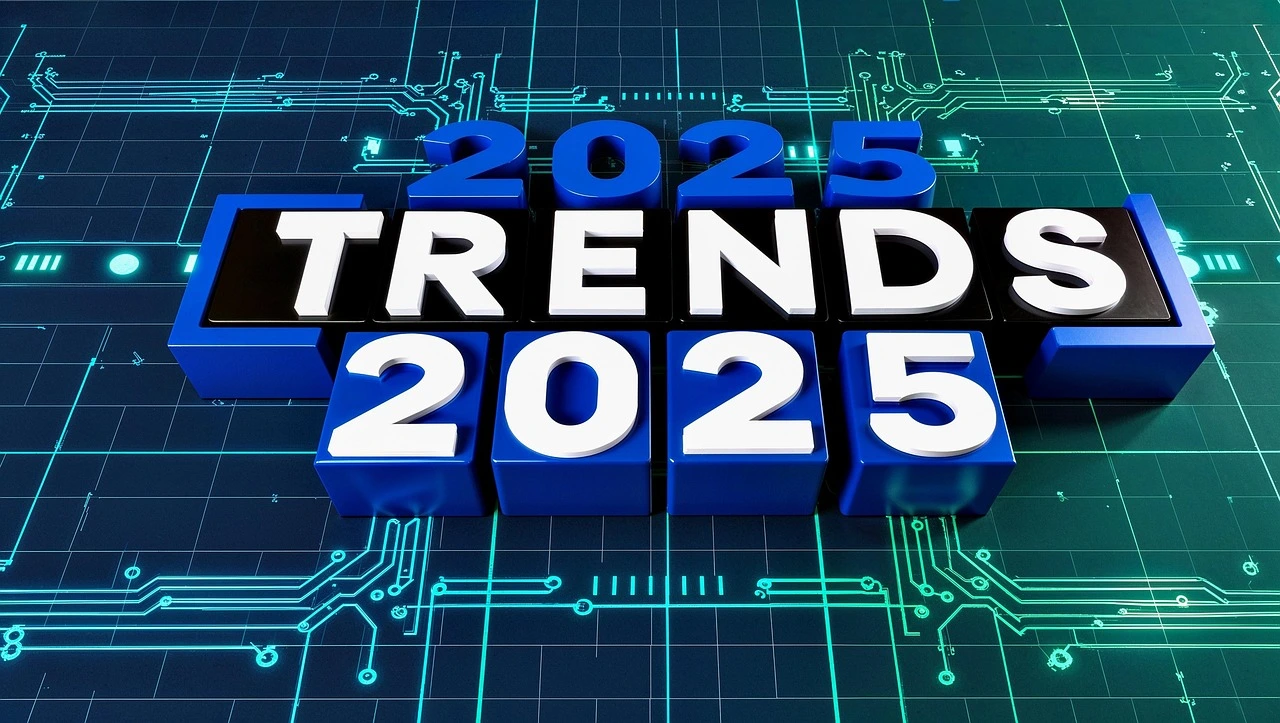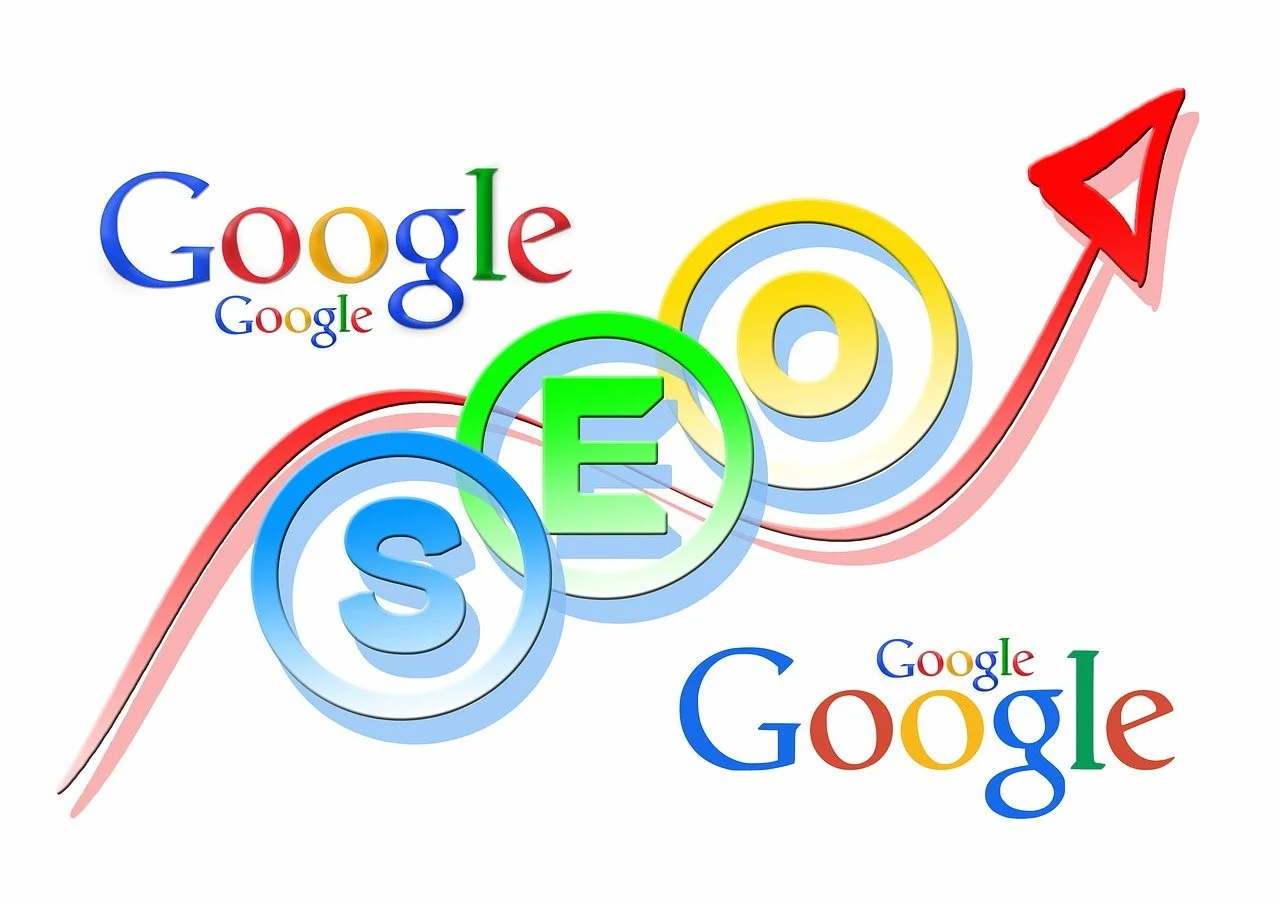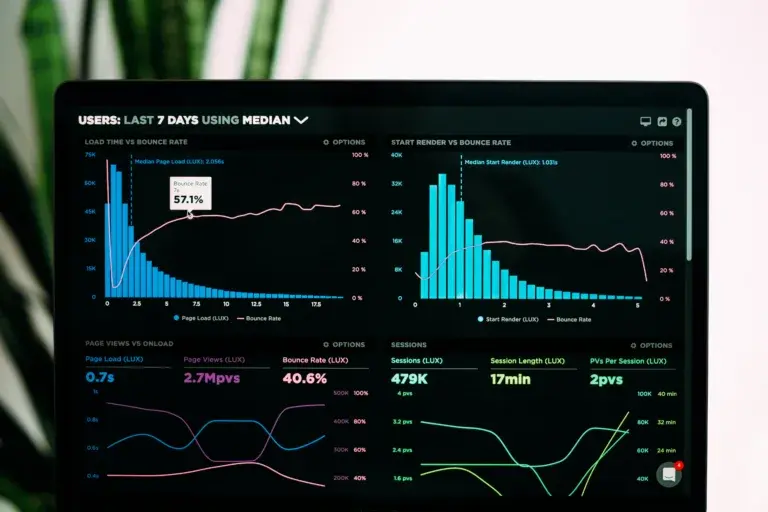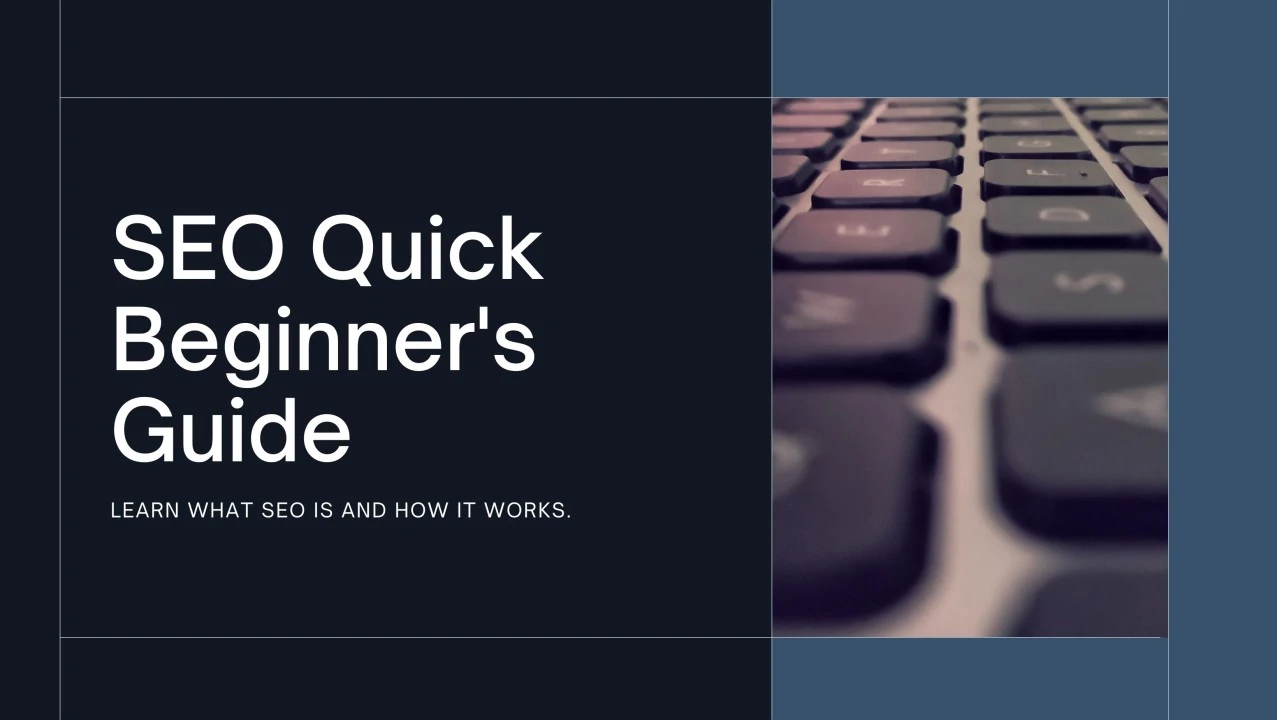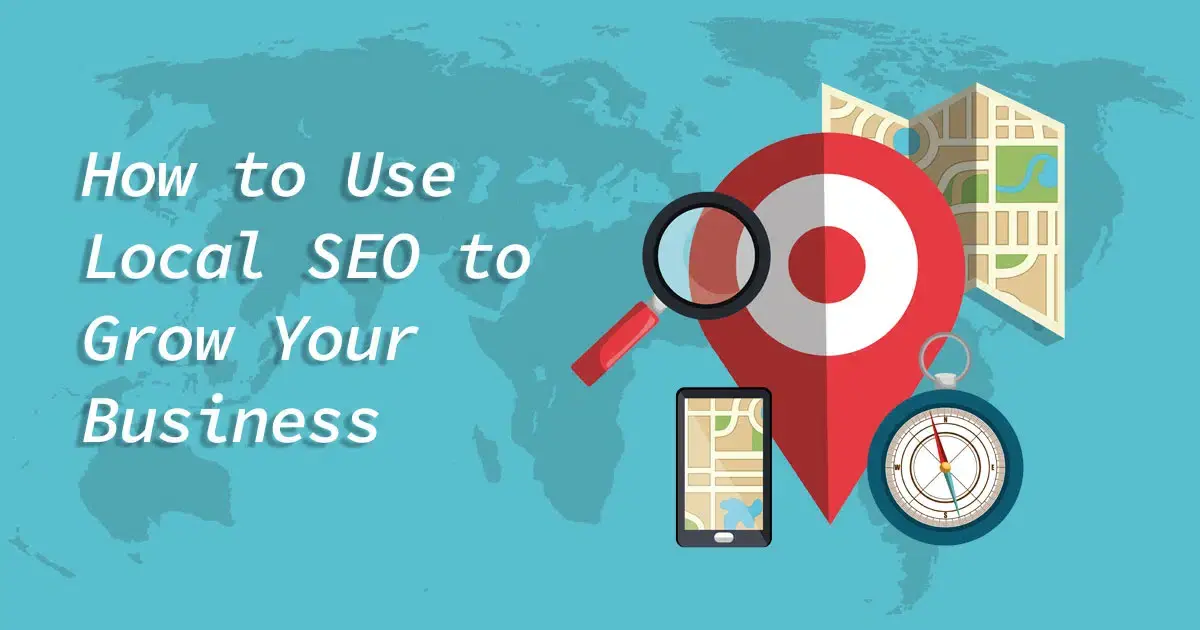SEO is often the deciding factor between a website that ranks on page one and one that struggles to gain visibility. While many businesses focus on creating great content, they often overlook the technical foundation that allows search engines to crawl and index their pages effectively.
Understanding the difference between technical SEO and content SEO is crucial for building a well-optimized website that ranks higher and attracts more traffic.
Here's everything you need to know on difference between technical SEO and Content SEO:
What Is Technical SEO?
Technical SEO refers to the behind-the-scenes optimizations that help search engines access, crawl, index, and understand a website. It ensures that your site is structured in a way that improves performance, enhances user experience, and meets search engine requirements.
Unlike content SEO, which focuses on what users see and read, technical SEO deals with the infrastructure that allows content to be discovered. Without it, even the best content may not rank well because search engines struggle to process and rank the pages correctly.
Key Aspects of Technical SEO
-
Website Crawling and Indexing
Search engines use bots to crawl websites and index content. A well-structured site with a properly configured robots.txt file and XML sitemap helps search engines navigate and rank pages effectively. -
Page Speed and Performance
Google prioritizes fast-loading websites. Optimizing images, using caching, and minimizing code (JavaScript, CSS) can improve load times, which enhances user experience and search rankings. -
Mobile-Friendliness
With mobile-first indexing, Google ranks websites based on their mobile version. Ensuring a responsive design that adapts to different screen sizes is essential for ranking and user retention. -
Secure Website (HTTPS)
Security is a ranking factor, and having an SSL certificate ensures your website uses HTTPS, protecting user data and improving trustworthiness. -
Core Web Vitals
Google’s Core Web Vitals measure a website’s loading speed, interactivity, and visual stability. Poor scores can negatively impact rankings, making technical optimizations necessary. -
Structured Data (Schema Markup)
Adding structured data helps search engines understand your content better, enabling rich results like star ratings, FAQs, and product details in search listings.
Technical SEO lays the groundwork for a website’s visibility. But without high-quality content, even the best technical setup won’t attract or engage users.
What Is Content SEO?
Content SEO focuses on creating and optimizing valuable, relevant, and keyword-targeted content to rank higher in search results. It is the part of SEO that engages users, answers their queries, and encourages conversions.
While technical SEO ensures that search engines can access and index content, content SEO ensures that what’s on the page is useful, optimized, and appealing to readers.
Key Aspects of Content SEO
-
Keyword Research and Optimization
Identifying the right keywords helps create content that aligns with user search intent. These keywords should be naturally incorporated into titles, headings, meta descriptions, and throughout the content. -
High-Quality, Engaging Content
Google values well-researched, original, and informative content. Articles, blog posts, and guides that answer user questions and provide value tend to rank higher. -
Content Structure and Readability
Organizing content with clear headings, bullet points, and short paragraphs improves readability. A well-structured page keeps users engaged and reduces bounce rates. -
Internal Linking Strategy
Linking related articles and pages within a website improves navigation and helps distribute page authority across different sections of a site. -
Optimized Meta Titles and Descriptions
Writing compelling meta titles and descriptions improves click-through rates (CTR). These should be engaging, keyword-rich, and encourage users to click. -
Multimedia Enhancements
Adding images, videos, infographics, and other multimedia elements makes content more engaging and shareable, boosting its SEO performance.
Content SEO ensures that the information presented is valuable and optimized, while technical SEO ensures that the content can be found and understood by search engines.
How Technical SEO and Content SEO Work Together
Technical SEO and content SEO are not separate strategies—they complement each other to create a strong SEO foundation. A site with great content but poor technical structure will struggle to rank, while a technically optimized site with weak content won’t attract visitors.
For example:
- A fast-loading, mobile-friendly website (technical SEO) enhances user experience and keeps visitors engaged with the content (content SEO).
- Structured data (technical SEO) helps Google display rich snippets, making well-written content (content SEO) more attractive in search results.
- A properly indexed site (technical SEO) ensures that keyword-optimized blog posts (content SEO) appear in relevant searches.
The best SEO strategy includes both technical and content optimizations to achieve higher rankings and better user engagement.
Common SEO Mistakes to Avoid
While optimizing for both technical and content SEO, businesses often make common mistakes that hinder their rankings.
-
Ignoring Technical Errors
Broken links, slow page speeds, and poor mobile optimization can hurt rankings, even if content is well-written. Regular site audits can help identify and fix these issues. -
Focusing Only on Keywords
Keyword stuffing or writing solely for search engines rather than users can result in poor-quality content that doesn’t convert. Always prioritize value and readability. -
Overlooking Internal Linking
A lack of internal links can make it harder for search engines to discover and rank important pages. Strategically linking relevant content improves navigation and SEO. -
Failing to Update Old Content
Outdated content can lose rankings over time. Regularly refreshing old blog posts with updated information and improved SEO practices helps maintain visibility. -
Not Using Analytics to Track Performance
Monitoring SEO performance using Google Search Console and Google Analytics provides insights into what’s working and what needs improvement. Adjusting strategies based on data leads to better results.
Avoiding these mistakes ensures a more effective SEO strategy that balances both technical and content aspects.
Optimize Both Technical and Content SEO for Better Rankings
A well-rounded SEO approach requires a balance between technical and content optimizations. While technical SEO ensures that your site is fast, secure, and crawlable, content SEO ensures that your pages engage users and rank well. Understanding and implementing both can significantly improve search engine visibility and user experience.
Start optimizing your technical and content SEO today to build a strong foundation for long-term search success!






